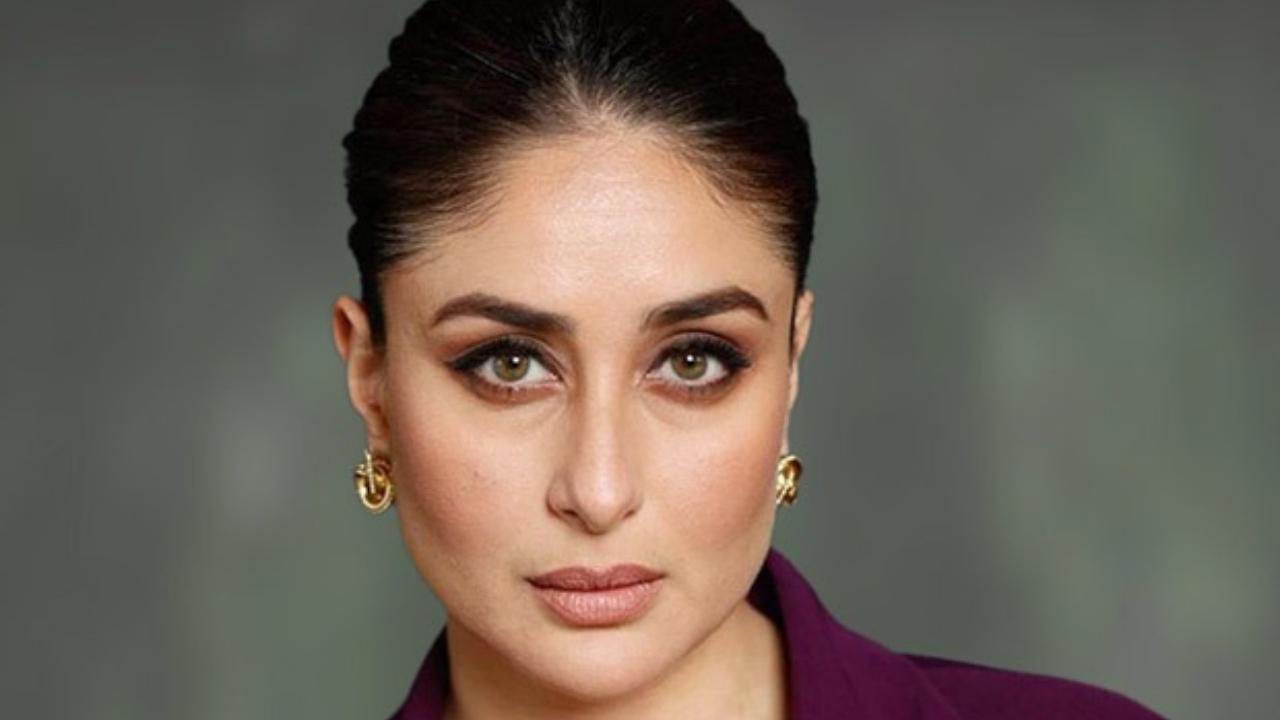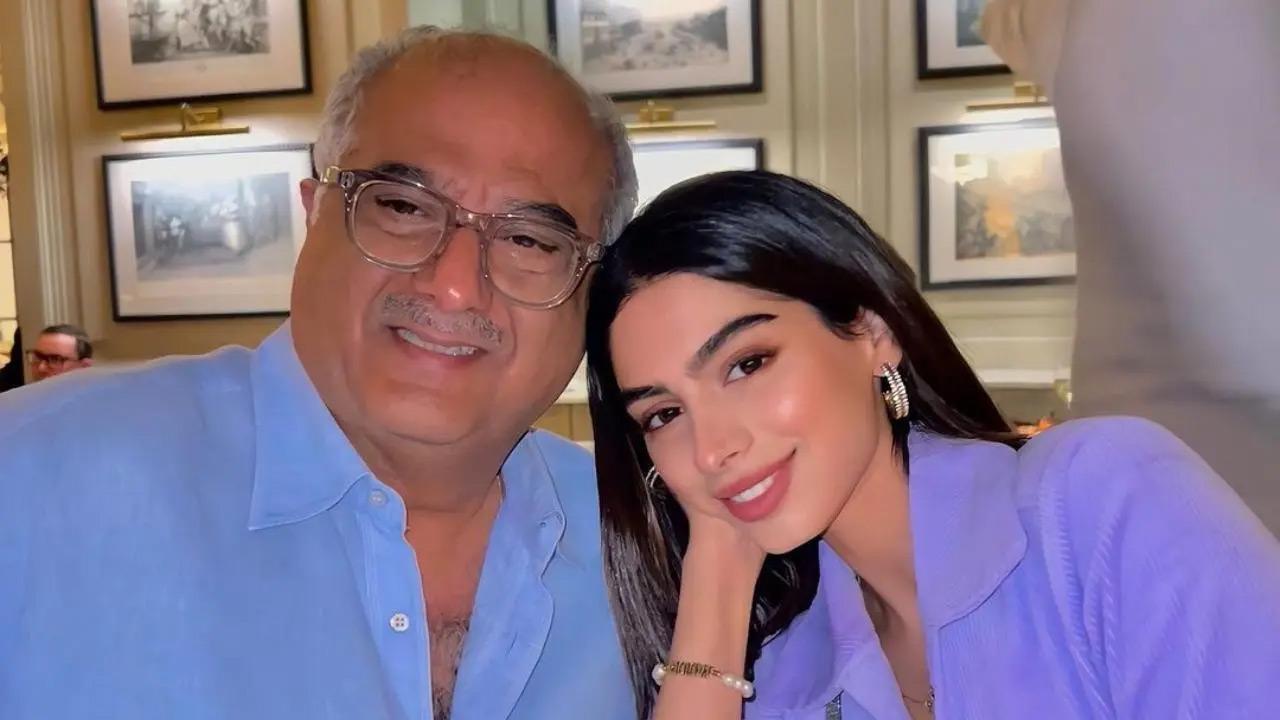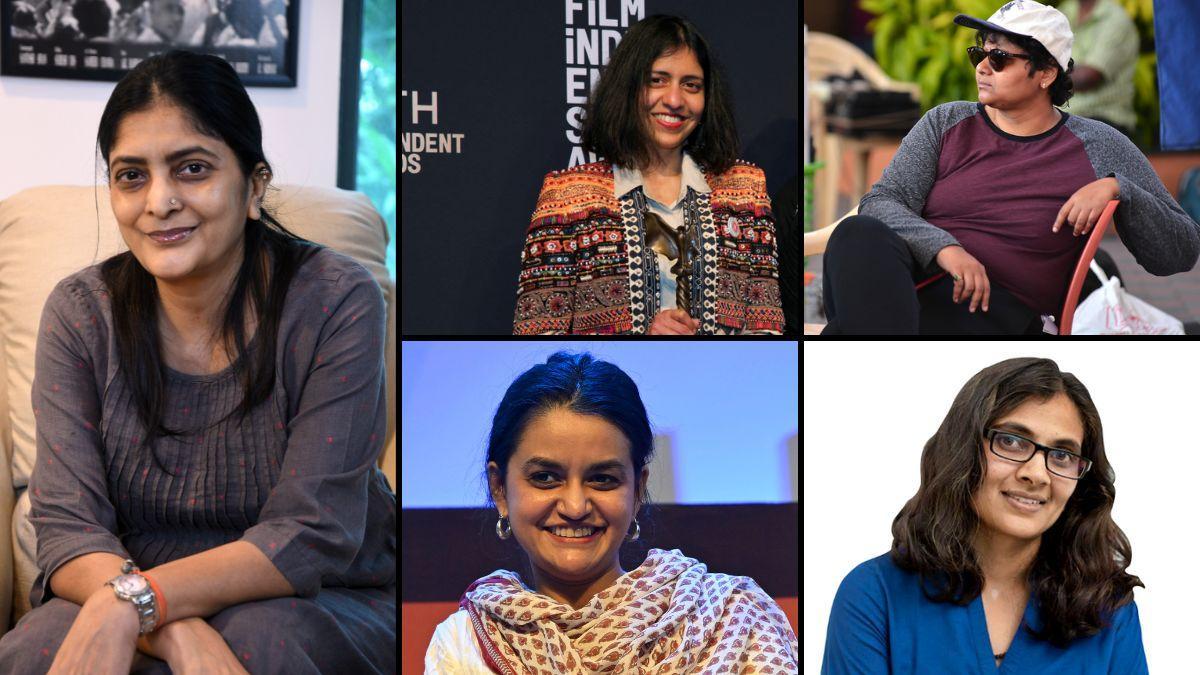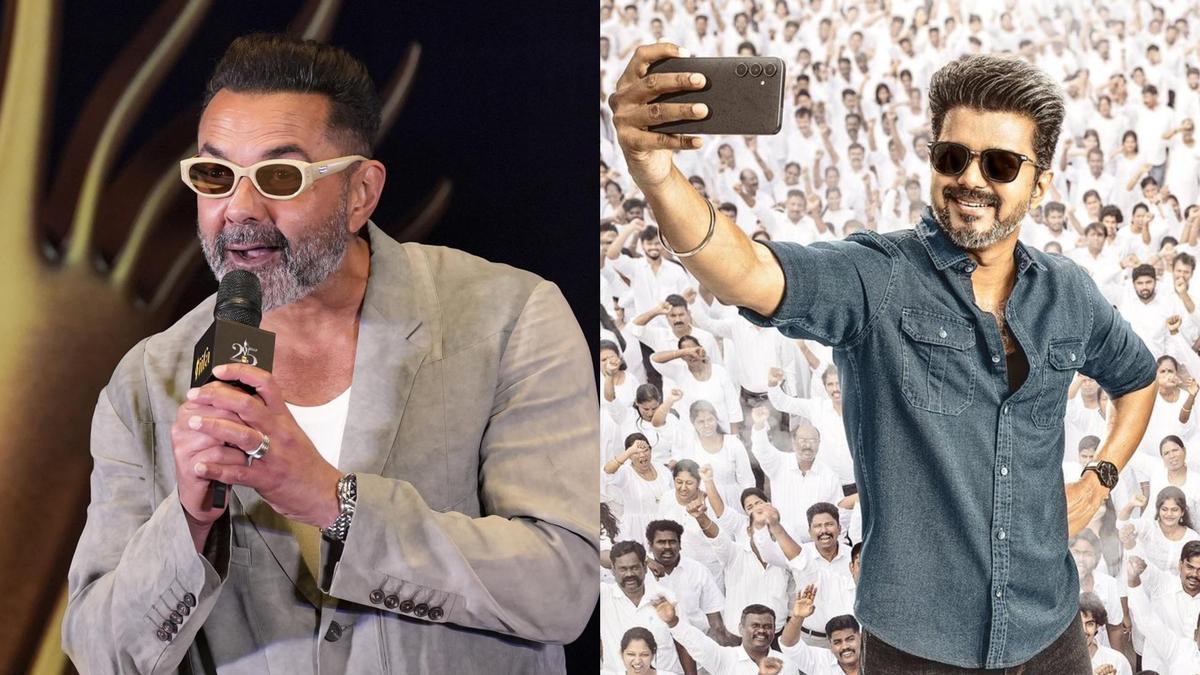
In the realms of dance, it’s not just technical prowess that captivates an audience, but the emotional depth and spiritual embodiment that an artist brings to the performance. Martha Graham, an icon who injected deep emotion into Western dance, reflected in her memoir “Blood Memory” about not choosing to be a dancer, but being chosen. A similar divine selection seems to have been the guiding force behind Vyjayanthimala Bali’s enduring journey as a danseuse dedicated to portraying Andal, a journey well over six decades long.
The occasion was Natya Darshan 2023, where the ninety-year-old dance veteran donned her quintessential ‘Andal’ attire to revive the ‘Sri Andal’s Sanga Tamizh Malai.’ This compendium, featuring 30 of Andal’s pasurams, had first captivated audiences back in the 1950s, reflecting a commitment to Tamil literature and a life steeped in devotion through art. Flanked by a troupe of budding dancers, Vyjayanthimala brought these pasurams back to life, celebrating the work which she has internalized over a lifetime.
Under the harsh glow of stage lights, Vyjayanthimala’s presence remained unshaken; her posture, straight as an arrow, exuded an aura that demanded attention. With the Tiruppavai rhymed in her soul, she performed with a tranquility that only comes with mastery. The sweeping gestures and nimble expressions seamlessly aligned with the accompanying verses. The missing piece, eagerly anticipated by purists, was the intricate nritta or rhythmic dance, which Vyjayanthimala was renowned for punctuating her performances with in the past.
Decked in the symbolic green and red colors and the distinctive Andal kondai, Vyjayanthimala’s portrayal began with ‘Margazhi thingal’, manifesting through her nuanced abhinaya the joy of a maiden eager to undertake her vrata (fast), inviting her companions to join in the ritualistic bathing and worship Nandagopan’s divine son.
The supporting group of dancers, with their short but sweet renditions, conveyed stories within compressed timeframes. The verses narrated a symphony of morning sounds—birds chirping, churning of curd—and depicted the communal spirit with the girls urged to sing for gifts, amidst the calm chaos of calves and buffaloes roaming. This narrative unfolded as Andal, portrayed by Vyjayanthimala, visited each friend’s dwelling, culminating with the awakening of Nappinai and her consort, and leading to the worship of the divine.
In true spectacle, Vyjayanthimala returned to perform the concluding ‘Vangakkadal kadainthu’ pasuram, poised beneath a prop of an ornate temple doorway, holding a long garland. This image was a culmination of divinity personified, as Andal’s own words spoke of the power of mere recitation to behold godliness, sans the vrata.
The melodies, rooted in heritage and tradition, were the creations of vidwan Madurai N. Krishnan and the vocal strength of Samanvitha G. Sasidaran, supported by the flute of J.B. Sruthi Sagar and G.V. Guru Bharadwaaj’s mridangam beats. Gayathri Sasidaran seamlessly anchored the event.
The visual spectacle and interpretation, though brief, was a product of the creative partnership between Vyjayanthimala and scholarly insight from M.A. Venkatesan. Sixteen pasurams streamed across in just an hour; the lyrics remained the focal point, evidence of Vyjayanthimala’s deep respect for Andal.
While the performance itself could not dwell longer on each pasuram due to time constraints, neither the music nor the dance could be elaborated. Nonetheless, the assembly hall—brimming to its full capacity—attested to the timeless appeal of traditional Bharatanatyam and Vyjayanthimala’s undiminished allure. This encounter was not just a presentation; it was a passionate affirmation that sometimes a calling chooses you, and Vyjayanthimala’s lifelong rendezvous with dance, especially with the essence of Andal, remains a testament to such a fateful choice.










